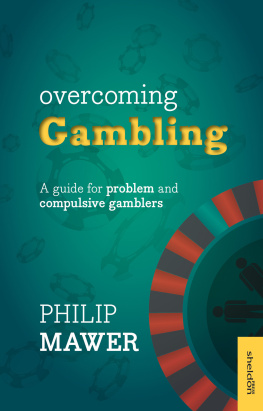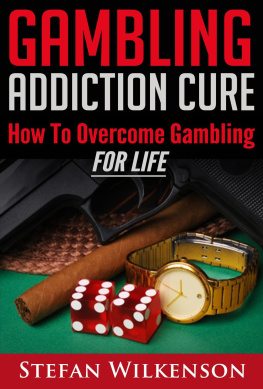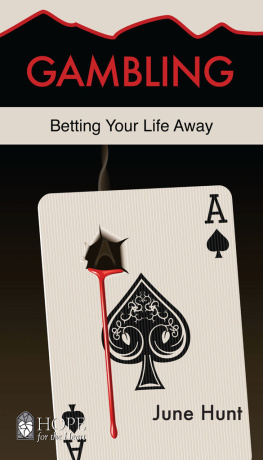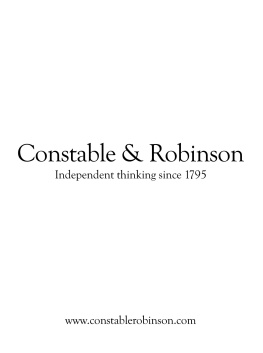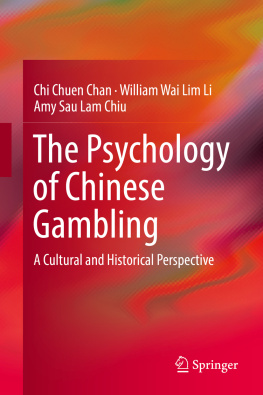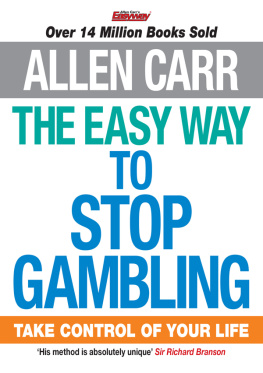Cover photo: My grandfather, William Felman, at his newsstand at the corner of Fifth and Liberty avenues, Pittsburgh, Pennsylvania, c. 1940. Smoke Control Lantern Slide Collection, c. 1940s1950s, AIS 1978.22, Archives Service Center, University of Pittsburgh.
Published by State University of New York Press, Albany
2012 Annette B. Dunlap
All rights reserved
Printed in the United States of America
No part of this book may be used or reproduced in any manner whatsoever without written permission. No part of this book may be stored in a retrieval system or transmitted in any form or by any means including electronic, electrostatic, magnetic tape, mechanical, photocopying, recording, or otherwise without the prior permission in writing of the publisher.
For information, contact State University of New York Press, Albany, NY
www.sunypress.edu
Excelsior Editions is an imprint of State University of New York Press
Production by Diane Ganeles
Marketing by Kate McDonnell
Library of Congress Cataloging-in-Publication Data
Dunlap, Annette B., 1955
The gambler's daughter : a personal and social history / Annette B. Dunlap.
p. cm.
Includes bibliographical references and index.
ISBN 978-1-4384-4439-0 (hardcover : alk. paper)
1. Dunlap, Annette, 1955 2. GamblingSocial aspects. 3. Gambling Psychological aspects. 4. JewsUnited StatesSocial life and customs. I. Title.
RC569.5.G35D86 2012
616.85'8410092dc23
[B]
2011052053
10 9 8 7 6 5 4 3 2 1
Acknowledgments
When I began the research on this book, there was a subtle suggestion by some of the archivists and researchers whom I consulted that it couldn't be done. Information regarding not just the existence of gambling in the American Jewish community, but its very pervasiveness, is well hidden. Once the material is discovered, however, it is well documented.
As I have catalogued my research materials for inclusion in the bibliography, I am astounded at how much I have accumulated in the course of the three years of working on this project. The research has been a labor of love; the writing a catharsis.
Many people have been instrumental in providing some of the key resources that helped tie the seemingly disparate threads of this book together.
Eric Fritzler, assistant project archivist for the American Jewish Congress Archives Project, of the American Jewish Historical Society, found a copy of an article in the now defunct Collier's magazine that I had identified via an obscure reference. When I explained my entire project to Eric, he located the correspondence material from the Jewish Welfare Board related to gambling at its member centers and a copy of Isaac Rivkind's Yiddish-language book on gambling. Although I cannot read Yiddish, I do know German. Because the footnotes were in English and German, I was able to identify the chapter regarding gambling in America. My thanks to University of North Carolina-Chapel Hill professor, Jonathan A. Boyarin, who translated the material for me in record time.
Dr. Peggy Pearlstein, head of the Hebraic Section in the African and Middle Eastern Division of the Library of Congress, and her assistant, Sharon Horowitz, provided invaluable guidance on locating old newspapers available online, as well as suggesting possible resources.
Susan Melnick, archivist for the Rauh Jewish Archives at the Heinz History Center, in Pittsburgh, told me that the oral history project for the Pittsburgh Section of the National Council of Jewish Women had been posted online only days before I contacted her. I had found the index for that project at the University of North Carolina-Chapel Hill Davis Library, and the news that I could access the material from home was exciting. I listened to the first recordings, of my mother's first cousin, Jean Davis, while in Eagle River, Alaska, while staying with my daughter and newly born grandson. The wonders of technology.
Government bureaucrats get a bad name, which is unfortunate, because our tax dollars (in addition to going to the Library of Congress) also go to the National Records and Archives Administration, whose staff is unparalleled in providing assistance at locating old documents, such as naturalization papers and records of military service.
Judi Garner, at Hebrew College, in Newton, Massachusetts, responded to an email query regarding first-hand accounts of Jewish immigrant life in Boston with a treasure trove of hand-written memoirs. She kindly sent them to me electronically, giving my early research a terrific boost.
Librarians and archivists don't get enough kudos, but were it not for the respective staffs of the library at the New York Historical Society, the New York Public Library, and the Brooklyn Public Library, there would be significant holes in this research.
During a separate, earlier visit to the Center for Jewish History (CJH; where the American Jewish Historical Society materials are housed), I found the Hebrew Immigrant Aid Society record for my grandmother, Bessie Graff, and learned about LPC. The Reading Room staff of CJH provides wonderful assistance to researchers.
My appreciation goes to the staff of Donor Services, Ellis Island Foundation, for locating the ship's manifest for Bessie, Feige, and Hersh.
The interlibrary loan staff at the Cumberland County Library, North Carolina, is phenomenal. I maintain that this library system is the best-kept secret among small, urban libraries.
As always, the research staff at the Davis Library at the University of North Carolina at Chapel Hill has been of tremendous help. I also want to express my appreciation to the library for allowing independent scholars, who are residents of North Carolina, to acquire a library card at a nominal, annual fee, giving us borrowing privileges, and access to the university's research databases on campus. I am learning that this is not common at all state universities in the nation.
Thanks to Rabbi Eric Lankin and Arnie Wexler for giving me their time to discuss the status of gambling in the Jewish community today, and for telling me about the work of Rabbi Abraham Twerski. Also, thanks to Brian Castellani, for his correspondence regarding his work on pathological gambling.
Special thanks to my daughter-in-law, Brittany Dunlap, who encouraged me to keep at it in the early days of this project, when I was thinking of giving up, and to my husband, Bill Dunlap, who read the entire manuscript and found typos, repetitions, and Yiddish words he did not know the meaning of.
My appreciation to James Peltz, my editor, and the editorial board at SUNY Press, who gave me the go-ahead to pursue this project.


